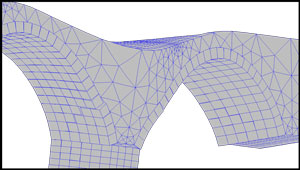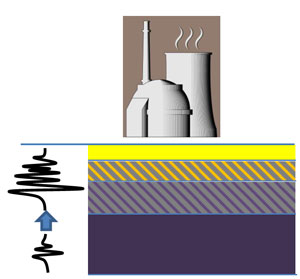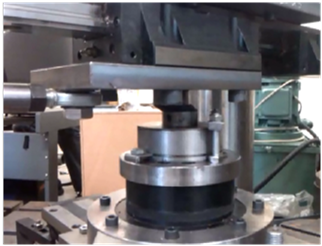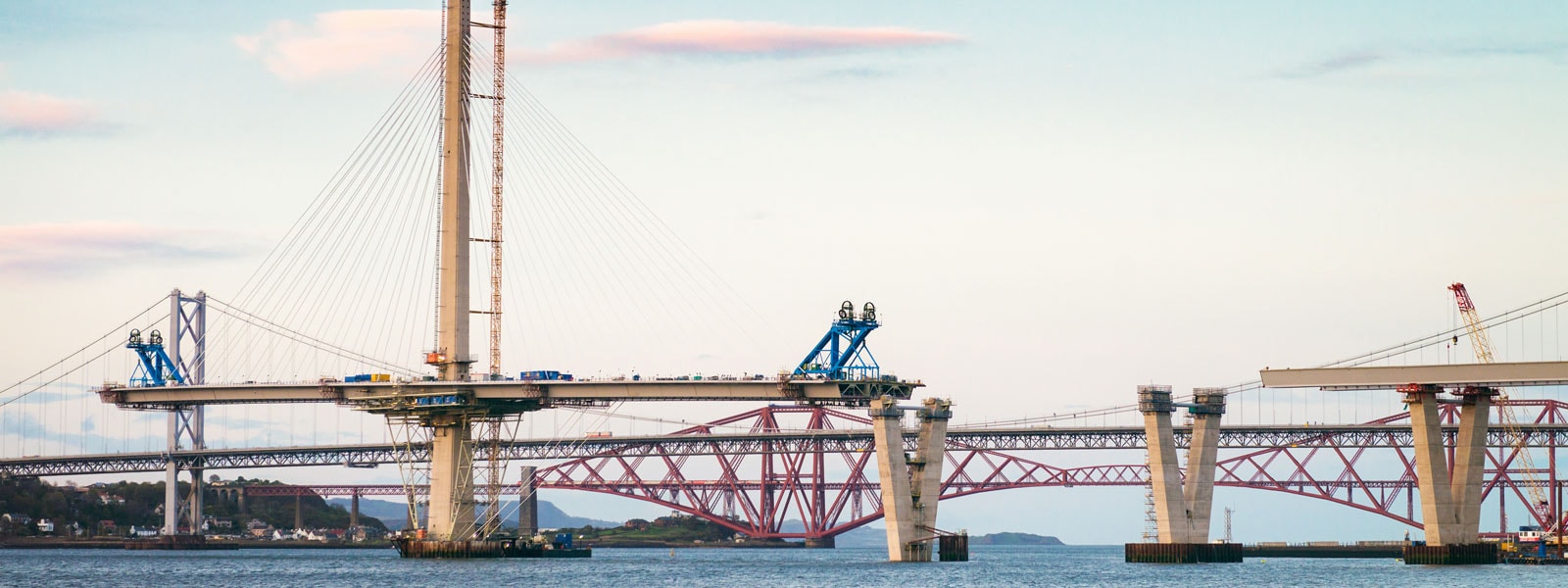We use probabilistic, machine learning and time-series methods to assess the current and future levels of degradation of civil infrastructure. We use our findings to develop systems capable of making automatic decisions about structural maintenance. We investigate how and in what way factors associated with the built environment, technology and society influence travel behaviour and the future development of cities. We provide technologies and methods to enhance the resilience of the civil infrastructure to natural and manmade events, with a special focus on engineering seismology and earthquake engineering.
Our research projects
Flood risk assessment of masonry arch bridges

Masonry arch bridges still constitute a significant portion of the bridge stock in Europe and many of them are built over rivers and canals and are very vulnerable to flood effects. Our centre is working on the development of a general flood-risk assessment framework for the evaluation of the flood risk of bridges. The specific application of the framework to masonry arch bridges involves also the development of accurate and efficient computational modelling strategies to evaluate the effect of floods. The proposed modelling approach allows for a realistic description of the bridge components and the three-dimensional behaviour induced by flood-induced actions.
Researcher(s)
- Enrico Tubaldi
- Daniele Zonta
- Andrea Hamilton
- Shangtong Yang
Improving seismic site response analyses by correctly accounting for uncertainties and variability

Seismic hazard is generally assessed, firstly, as the expected earthquake shaking at bedrock and, subsequently, by conducting a site response analysis to account for the effect of superficial soil layers, which may behave nonlinearly under strong shaking. These superficial layers can lead to large (factors of two or more, even for relatively hard sites) amplification of the bedrock motions. Our centre is working with CH2M Hill to improve site response analyses for high-value infrastructure (eg nuclear power plants) by better accounting for spatial variability in ground conditions and uncertainty in material properties.
Researcher(s)
- John Douglas
Using targeted risk in seismic design codes
The risk of collapse of a building at a given site from earthquakes can be estimated by convolving the seismic hazard curve, expressing the probability of different levels of shaking, with the fragility curve, expressing the probability of collapse given a certain level of shaking. Such calculations are being increasingly used as part of seismic design codes based on explicitly targeting a certain level of risk. Nevertheless a number of outstanding issues remain when applying this approach in practice. Our centre is working to resolve these open questions and to provide guidance on the use of this approach in future seismic design codes (e.g. Eurocode 8).
Researcher(s)
- John Douglas
Seismic performance assessment and mitigation of infrastructures and structures

Energy dissipation and isolation devices are increasingly being used for mitigating the damaging effects of earthquakes on existing and new infrastructure and structures. Our group is engaged on the development of advanced mechanical models for describing the behaviour of these devices and on the implementation of probabilistic methodologies accounting for the uncertainties inherent to the seismic input and the structural model in the performance assessment. Current research is focused on high-damping rubber bearings, buckling restrained braces and viscous dampers and friction pendulum devices as well as on more complex systems incorporating these devices (eg external dissipative rocking system).
Researcher(s)
- Enrico Tubaldi
- John Douglas
Tipping point analysis for civil infrastructure
Time-series methods have been used with great success to highlight tipping points in ecological and climate systems. As these systems approach a bifurcation or transition, many of them become more sensitive to fluctuations in ambient conditions. The result is a rising variability and memory in the noise, which can be extracted using so-called tipping point methods, to provide predictive, early-warning indicators of when the system is about to transition away from a stable state. Our centre are working with the NPL to develop and apply these algorithms to civil infrastructure systems to allow maintenance activities to become more predictive.
Researcher(s)
- Marcus Perry
Creative structural design
Our aim is to create a learning environment for undergraduate students which stimulates their interest, and promotes development of attitudes and abilities appropriate to the modern working environment where initiative, self-study and creativity are as important as technical knowledge and skills. Students gain confidence in their own ideas through an understanding of design as a generic process, and also, by learning transferable techniques for ‘turning theory into practice’ including optimisation, use of judgement, and an underlying requirement to provide value.
Researcher(s)
- Andrew Briggs
Student Transitions through and beyond University
Studies of the transitions of students from a University setting to employment. Papers include “Alumni stories about dyslexia from the Civil Engineering and Law disciplines” (Paton, S, Murray, M, Murray, F.) and “Communities of Practice: A Case of civil engineering students in post-summer placement transition through university.” Murray, M.
